
Documentary filmmaker Simone de Vries follows Rutger Hauer around his homes in Hollywood and Friesland, the Netherlands as well as several movie sets around the world.
You May Also Like

Chronicling Scottish girl bands from the 1960s to present, a scrapbook of pop music unveils challenges faced in a male-dominated industry. A colourful mixtape of unheard demos, lost archive and rare performances.

This title contains a selection of John Cena’s greatest matches, as well as a documentary about his life that concentrates on his intense preparation for Wrestlemania. Included are classic battles against Edge and Great Khali, as well as a triple-threat match against Kurt Angle and Shawn Michaels. ~ Perry Seibert, Rovi
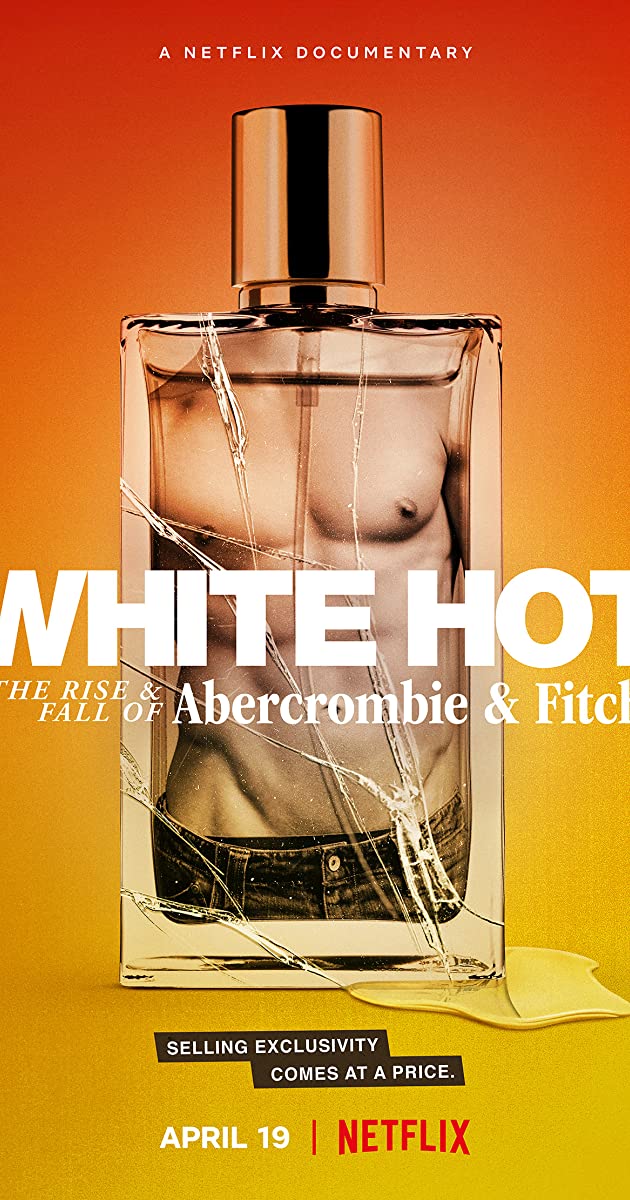
All the cool kids were wearing it. This documentary explores A&F’s pop culture reign in the late ’90s and early 2000s and how it thrived on exclusion.

Set in the vast, remote wilderness of the Indonesian archipelago and southwest Tasmania this is a story of exploration, discovery, mateship and fate. A story of how one man navigated the rogue waves in his life.

A behind-the-scenes look at the beloved public television personality’s journey from humble beginnings to an American pop-culture icon. “The Happy Painter” reveals the public and private sides of Bob Ross through loving accounts from close friends and family, childhood photographs and rare archival footage. Interviewees recount his gentle, mild-mannered demeanor and unwavering dedication to wildlife, and disclose little-known facts about his hair, his fascination with fast cars and more. Film clips feature Bob Ross with mentor William Alexander and the rough-cut of the first “Joy of Painting” episode from 1982. Famous Bob Ross enthusiasts, including talk-show pioneer Phil Donahue, film stars Jane Seymour and Terrence Howard, chef Duff Goldman and country music favorites Brad Paisley and Jerrod Niemann, provide fascinating insights into the man, the artist and his legacy.
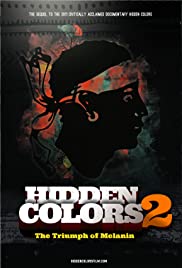
Hidden Colors 2 is the follow up to the critically acclaimed 2011 documentary about the untold history of people of African and aboriginal descent. This installment of Hidden Colors goes into topics such as the global African presence, the science of melanin, the truth about the prison industrial complex, how thriving black economic communities were undermined in America, and the hidden truth about Native Americans.

Not Available right now
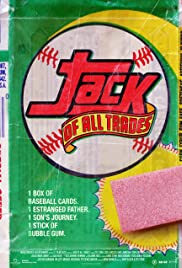
In the late 80’s/early 90’s North America’s favorite pastime was collecting baseball cards. People would invest millions, in this game of pirates treasure, by putting their mint condition gold in plastic sleeves, locking it away and hoping it’s value would continue to rise year after year. Unfortunately, this house of cards would soon collapse, leaving the pieces of cardboard along with the hopes and dreams of fathers and sons worthless. Stu Stone was one of those sons, and his relationship with his father Jack, who was in the card business, would crumble with the industry. 25 years later, Stu is on a mission to discover why his beloved baseball cards are worth nothing more than the memories they hold of a happy childhood. What he didn’t plan on finding though, was the most elusive card of them all, his father Jack.

The conflict between the Colombian authorities and the marxist FARC guerrilla broke out in 1964, and in 2012 peace negotiations started behind closed doors in Cuba. Featuring unique access to central figures on both sides, To End a War tells the story of the war and the negotiations, focusing on the challenge of establishing peace in a country where the majority of the population has never known anything but war.

Six women, who have all overcome homelessness to find success in the Arts, unite to share their vision for a world where homelessness no longer exists.
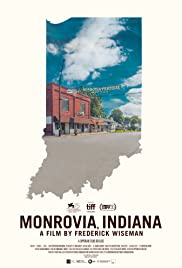
Monrovia, Indiana explores a small town in rural, mid-America and illustrates how values like community service, duty, spiritual life, generosity and authenticity are formed, experienced and lived along with conflicting stereotypes. The film gives a complex and nuanced view of daily life in Monrovia and provides some understanding of a way of life whose influence and force have not always been recognized or understood in the big cities on the east and west coasts of America and in other countries.
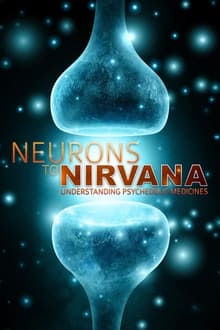
Through interviews with leading psychologists and scientists, Neurons to Nirvana explores the history of four powerful psychedelic substances (LSD, Psilocybin, MDMA and Ayahuasca) and their previously established medicinal potential. Strictly focusing on the science and medicinal properties of these drugs, Neurons to Nirvana looks into why our society has created such a social and political bias against even allowing research to continue the exploration of any possible positive effects they can present in treating some of today’s most challenging afflictions.